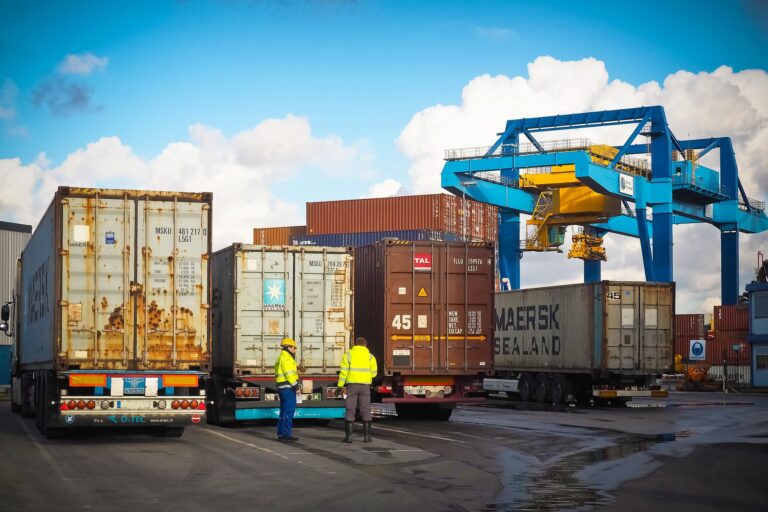How to Pack Fragile Items for Shipping
Shipping fragile items can be a nerve-wracking experience, whether you’re sending valuable antiques, delicate electronics, or fragile glassware. Proper packing is essential to ensure that these items arrive at their destination intact and undamaged. Here’s a step-by-step guide to packing fragile items for shipping, offering you peace of mind and ensuring your items are well-protected during transit.
1. Choose the Right Packaging Materials
Selecting appropriate packaging materials is the first step in protecting fragile items. Here’s what you’ll need:
- Sturdy Boxes: Use strong, corrugated cardboard boxes that are in good condition. Ensure the box is appropriately sized for the item; a box that is too large can lead to shifting and potential damage.
- Bubble Wrap: Provides cushioning and protects against impact. Look for high-quality bubble wrap with large bubbles for better shock absorption.
- Packing Peanuts or Foam: Fill any empty spaces in the box to prevent movement. These materials help distribute weight and absorb shocks.
- Packing Paper: Ideal for wrapping and cushioning delicate items. Use unprinted, clean paper to avoid ink transfer.
2. Wrap Each Item Individually
To maximize protection, wrap each fragile item individually with bubble wrap or packing paper. For added protection:
- Bubble Wrap: Wrap the item in several layers, securing the wrap with tape. Ensure the entire surface is covered, including any protruding parts.
- Packing Paper: For smaller or more delicate items, use multiple layers of packing paper to wrap the item securely.
3. Use Dividers for Multiple Items
If you’re shipping multiple fragile items in one box, use dividers or separators to keep them apart. This prevents them from knocking against each other during transit. Cardboard or foam dividers work well for separating items and adding an extra layer of protection.
4. Fill Empty Spaces
After placing the wrapped items in the box, fill any remaining gaps with packing peanuts, crumpled packing paper, or foam inserts. Ensure the items are snug and won’t shift during shipping. The goal is to create a tight packing environment that minimizes movement and absorbs shocks.
5. Seal the Box Securely
Seal the box using strong packing tape. Use multiple layers of tape along all seams and edges to reinforce the box. Consider using reinforced packing tape for added strength, especially for heavier items.
6. Label the Box Clearly
Mark the box with “FRAGILE” labels or stickers to alert handlers that the contents are delicate. Place these labels on multiple sides of the box to ensure visibility. Adding “This Side Up” labels can also help maintain the correct orientation during transit.
7. Consider Double Boxing
For extremely fragile or high-value items, consider double boxing. Place the item in a smaller, well-packed box and then place that box inside a larger box with additional cushioning between the two boxes. This extra layer of protection can provide added security against impacts.
8. Select the Right Shipping Service
Choose a shipping service that offers handling options suitable for fragile items. Some carriers provide specialized services for delicate goods, including extra handling care and insurance. Consider using a carrier with a reputation for reliable and careful handling.
9. Insure Your Shipment
For valuable or irreplaceable items, purchasing shipping insurance can provide peace of mind. Insurance covers the cost of repair or replacement in case of loss or damage during transit. Check with your shipping carrier or a third-party insurer for coverage options.
10. Test the Packing
If you’re unsure about the effectiveness of your packing, conduct a test. Drop the packed box from a short height onto a soft surface and check for any damage. This test can help you assess whether additional packing materials or adjustments are needed.
Conclusion
Packing fragile items for shipping requires attention to detail and careful preparation. By choosing the right materials, wrapping items securely, and using proper packing techniques, you can minimize the risk of damage and ensure that your delicate items arrive safely at their destination. Following these guidelines will help you achieve a successful shipping experience and provide peace of mind, knowing that your fragile items are well-protected.




